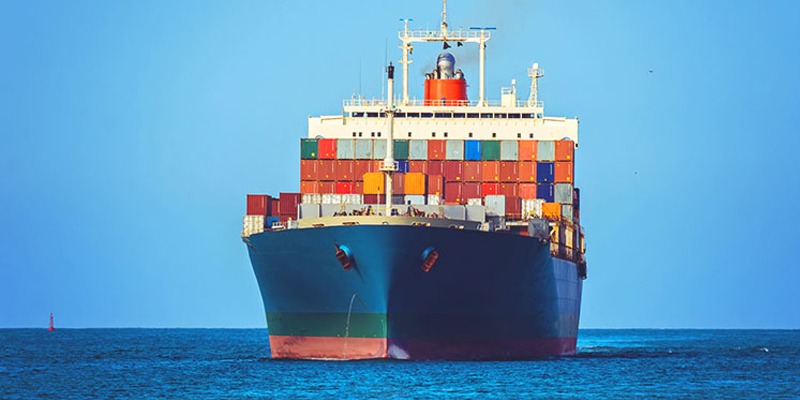According to the seanews report, large shipping companies are currently in their most challenging times. Because they need to find the right solution to increase their costs on the one hand and provide better services and better prices to their customers.
The law requiring the use of low-sulfur fuel since 2020 January first, weakening the global economy and trade wars have put maritime transport companies in a difficult position. The predictable surge in low sulfur fuel prices as a new cost does not even create the opportunity to negotiate with customers to raise freight rates.
According to Maboux, the cost of fuel for Bunker ships for current high sulfur fuels varies from $ 150 to $ 300 per cubic meter depending on the receiving port. If a ship consumes 20 tons of fuel per day (mostly small and medium-sized ships) and has had to consume low sulfur fuel since the beginning of 2020, it will have to pay $ 200 additional per cubic meter of fuel. This means that the cost of a single ship in the fuel sector will increase about $ 4,000 a day. It is natural that the costs of ships and companies are covered by freight rates. But is there a viable way to fix the cargo rate for this year to avoid the loss of shipping companies?
‘’The fuel consumption for large container ships or large oil tankers is 80 tons a day’’ says Peter Sand, senior analyst at Bimco. That means companies will be charged $ 16,000 daily. No company can handle this volume of cost increases and there is no way to make up for it. “If we want to have a realistic view, companies have to offset some of these costs in increasing their shipping fares, while conditions are not right for shipping companies to negotiate with their current customers.”
Peter Sand does not consider the current market conditions to be favorable for the interaction between shipping companies and customers, and says: “When is the right time to start negotiations between a customer and a shipping company? When the economy and market are strong. The number of ships has increased in recent years and the global fleet has grown, but demand has fallen almost as much as in the case of world trade events. This puts shipping companies in a weak position to begin negotiating with their customers about raising freight rates. For that reason, I must honestly say that the outlook for 2020 is not very clear to the shipping industry. So I can now see the red situation for container and bulk carriers. “

